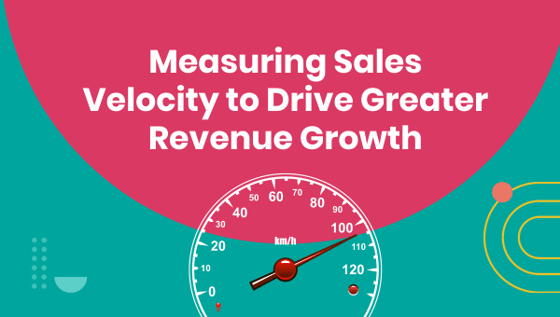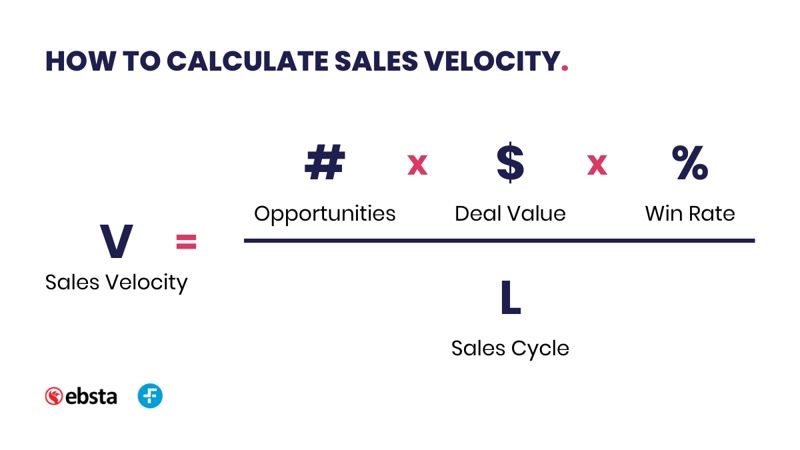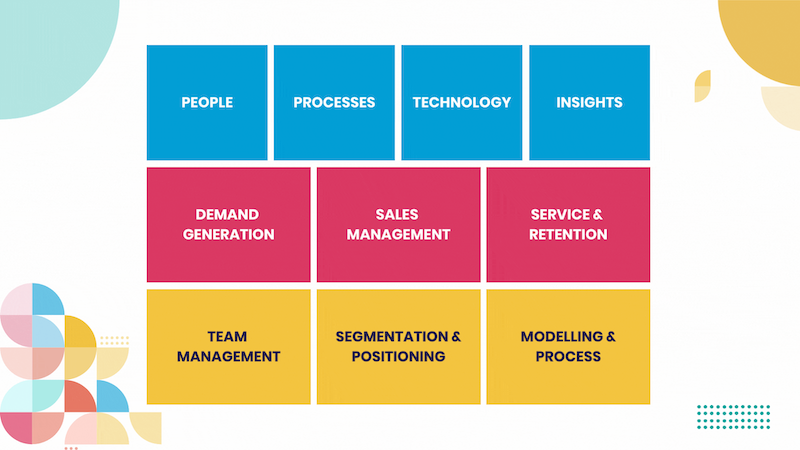






Sales velocity offers a clear indication of the health and vitality of your business. It acts as a speedometer on a car, providing a concise summary of the speed and efficiency at which your pipeline is being converted into closed won revenue. By understanding sales velocity using revenue intelligence, you gain valuable insights into the overall performance and success of your business.
Understanding Sales Velocity
Defining Sales Velocity
Sales velocity refers to the rate at which pipeline converts to closed won revenue. It is a critical revenue operations metric that determines a company's growth potential and overall success. By understanding sales velocity, businesses can make informed decisions about their strategies and ensure sustainable revenue growth.
The Importance of Sales Velocity and Revenue Intelligence
Sales velocity uses revenue intelligence to play a crucial role in the growth of a business. It provides insights into the effectiveness of a company's sales process and helps identify areas for improvement. By increasing sales velocity, businesses can accelerate their revenue generation and achieve their growth goals.
Key Components of Sales Velocity
Sales velocity, which is the rate at which a company generates revenue, is influenced by several key components that businesses must take into account. These components include the number of opportunities, deal values, win rates, and sales cycle.
- Number of Opportunities: The total number of deals created. It is crucial for businesses to have a steady stream of opportunities in order to maintain a healthy sales pipeline. By actively prospecting and generating leads, businesses can increase their chances of converting these opportunities into actual sales.
- Deal Values: The value of each deal or sale directly impacts the overall revenue generated by a business. By focusing on high-value deals and strategically prioritising higher value deals businesses can maximise their revenue potential.
- Win Rates: The percentage of opportunities that a business successfully converts into sales. It is important for businesses to track and improve their win rates in order to increase their revenue velocity. By analysing the reasons for lost deals and implementing strategies to address them, businesses can improve their chances of winning more opportunities.
- Sales Cycle: The time it takes for a business to close a sale. A shorter sales cycle means that a business can generate revenue more quickly. By streamlining their sales processes, businesses can reduce the time it takes to close deals and increase their revenue velocity.
How to Calculate Sales Velocity
Once you have gathered the # of opportunities, deal values, win rates, and sales length you can use the following formula to calculate sales velocity:
Sales Velocity = Number of opportunities x Deal Value x Win Rates / Length of Sales Cycle
For example, if a company generated 50 opportunities in a month, with an average deal value of £10,000, won 40% of deals and the average sales cycle length is 30 days, the sales velocity would be:
Sales Velocity = 50 x £10,000 X .4 / 30 = £6,666.67
This means that the company is generating approximately £6,666.67 in revenue per day.
Calculating sales velocity allows businesses to track their sales performance over time and identify any trends or patterns. It also enables them to set realistic sales targets and measure the impact of any changes or improvements made to their sales process.

Strategies to Increase Sales Velocity
To increase sales velocity, businesses can implement a RevOps strategy. At Six & Flow, we look at implementing Revenue Operations across demand generation, Sales Management and Customer Service & Retention.

Some practical strategies you can use to drive sales velocity include:
#1 Automate Your Data Foundation
High-quality data is essential to determine where to focus time and energy. By connecting revenue intelligence to your CRM, your data becomes connected and automated. The CRM transforms from a system of record to a system of insight, providing complete information and empowering reps to make informed decisions.
#2 Leverage Relationship Intelligence
Relationships are the core driver in customer relationship management (CRM) and remain the most crucial factor in understanding sales processes.
With Ebsta connected to your CRM, you can explore the influence of stakeholders in the sales process. With that, you can then draw insights that become leading indicators, such as:- The segments that lead to better conversions
- The influential personas within those segments.
- The number of stakeholders that should be involved
#3 Identify the Market Factors Affecting You
Managing sales processes where intent is absent requires educating prospects about unrecognised pain points and guiding them through the journey of understanding why your solution is the most suitable.
On the other hand, when intent is present, prospects are already aware of their pain points and actively researching solutions, which is where salespeople can be most effective in supporting a consultative engagement.
By identifying clusters, you can pinpoint the best opportunities and strike when accounts are in-market.
#4 Model on the Behaviours of your Best Performers
By combining qualification matrices with the behaviours of top performers, you can model their approach and train the rest of the team accordingly.
Using a CRM platform like HubSpot, for example, you can compare the qualification rates of your top performers to your lowest performers and identify areas for improvement.








